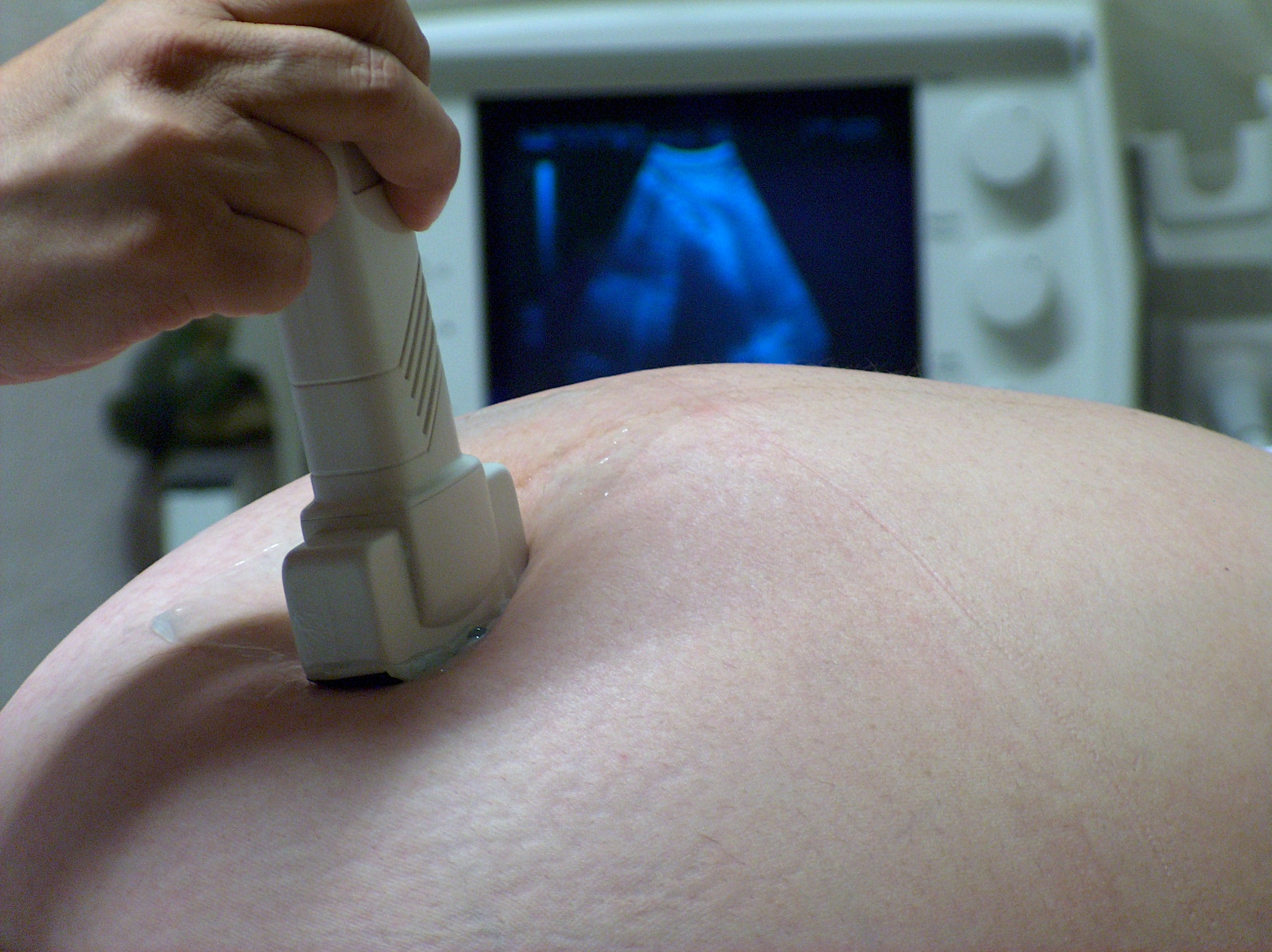|
|||||||||||||||
|

CLICK ON weeks 0 - 40 and follow along every 2 weeks of fetal development
|
||||||||||||||||||||||||||||
|
Fetal Timeline Maternal Timeline News News Archive Sep 3, 2015
|
Obesity and stillbirth Placental diseases and hypertension are the most common causes of stillbirth among obese women, according to a study to be published in the October issue of the American Journal of Clinical Nutrition. The research was supported by the National Institutes of Health (NIH). According to Lisa Bodnar PhD, MPH, RD, lead author and associate professor at Pitt Public Health's Department of Epidemiology: "We've known for some time that obese women are more likely to have stillbirths, but this is one of the first and most comprehensive efforts to figure out why. Our hope is that this work can be used to better counsel women on the importance of a healthy pre-pregnancy weight and monitor them for complications that may threaten the survival of their fetus. If we can reduce pre-pregnancy obesity through environmental or policy changes by even a small amount, we could significantly reduce the burden of stillbirth."
658 stillbirths were reviewed between 2003 and 2010 by Dr. Bodnar and her colleagues at Magee-Womens Hospital at the University of Pennsylvania Medical Center (UPMC), one of the largest labor and delivery units in the United States. Stillbirths were defined as cases where the baby had reached at least 16 weeks gestation, but with no evidence of life after delivery. Mothers were classified as lean, overweight, obese or severely obese based on their pre-pregnancy body mass index - a measure calculated by weight versus height.
Maternal hypertension (high blood pressure), placental diseases/disorders where the placenta does not properly sustain the baby, fetal abnormalities where a baby would be unlikely to live if born, and umbilical cord abnormalities were more common in obese women.
Abstract Objective: We estimated the association between maternal prepregnancy body mass index (BMI) and the risk of stillbirth defined by pathophysiologic contributors or causes. Design: Using a case-cohort design, we randomly sampled 1829 singleton deliveries from a cohort of 68,437 eligible deliveries at Magee-Womens Hospital in Pittsburgh, Pennsylvania (2003–2010), and augmented it with all remaining cases of stillbirth for a total of 658 cases. Stillbirths were classified based on probable cause(s) of death (maternal medical conditions, obstetric complications, fetal abnormalities, placental diseases, and infection). A panel of clinical experts reviewed medical records, placental tissue slides and pathology reports, and fetal postmortem reports of all stillbirths. Causes of fetal death were assigned by using the Stillbirth Collaborative Research Network Initial Causes of Fetal Death protocol from the Eunice Kennedy Shriver National Institute of Child Health and Human Development. Proportional hazards models were used to estimate the BMI-stillbirth association after adjustment for confounders. Results: The rate of stillbirth among lean, overweight, obese, and severely obese women was 7.7, 10.6, 13.9, and 17.3 per 1000 live-born and stillborn infants, respectively. Adjusted stillbirth HRs (95% CIs) were 1.4 (1.1, 1.8) for overweight, 1.8 (1.3, 2.4) for obese, and 2.0 (1.5, 2.8) for severely obese women, respectively, compared with lean women; associations strengthened when limited to antepartum stillbirths. Obesity and severe obesity were associated with stillbirth resulting from placental diseases, hypertension, fetal anomalies, and umbilical cord abnormalities. BMI was not related to stillbirth caused by placental abruption, obstetric conditions, or infection. Conclusions: Multiple mechanisms appear to link obesity to stillbirth. Interventions to reduce stillbirth among obese mothers should consider targeting stillbirth due to hypertension and placental diseases—the most common causes of fetal death in this at-risk group. Additional authors on this research are W. Tony Parks, M.D., Kiran Perkins, M.D., Sarah J. Pugh, M.P.H., Maisa Feghali, M.D., Karen Florio, D.O., Omar Young, M.D., and Sarah Bernstein, M.D., all of Pitt; and Robert W. Platt, Ph.D., of McGill University. This research was funded by NIH grant R21 HD067851.
|
||||||||||||||||||||||||||||


